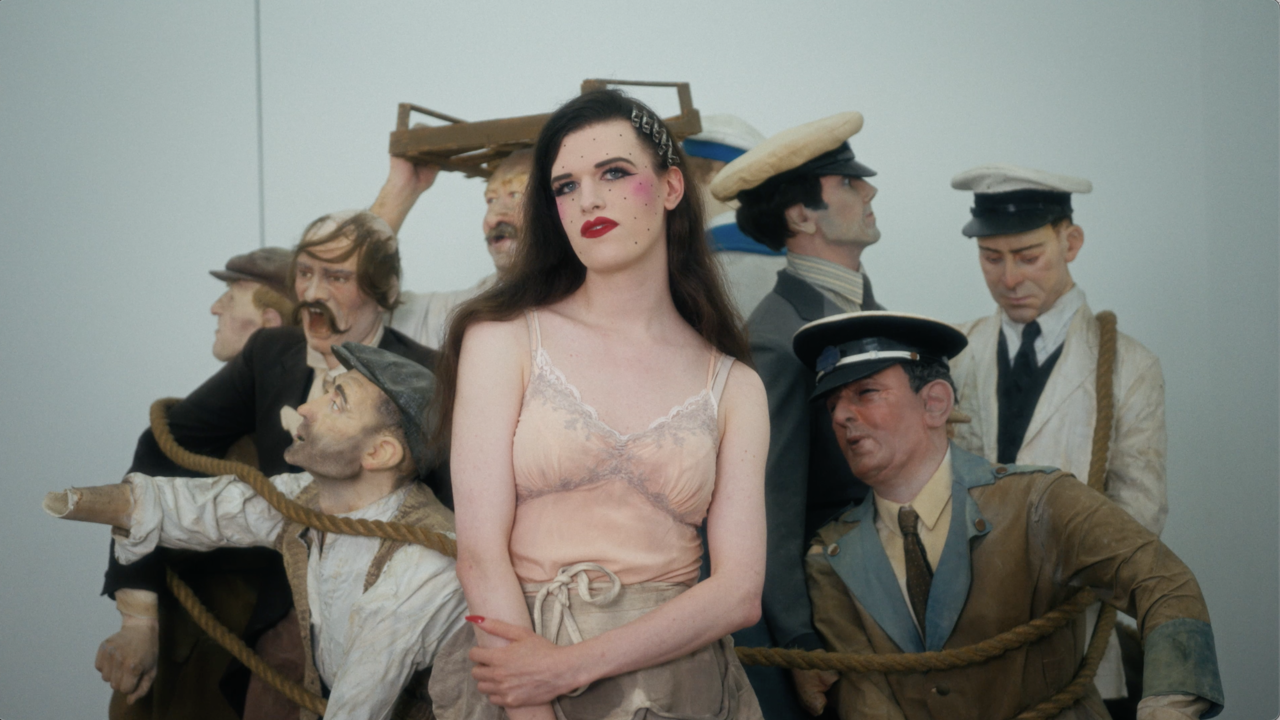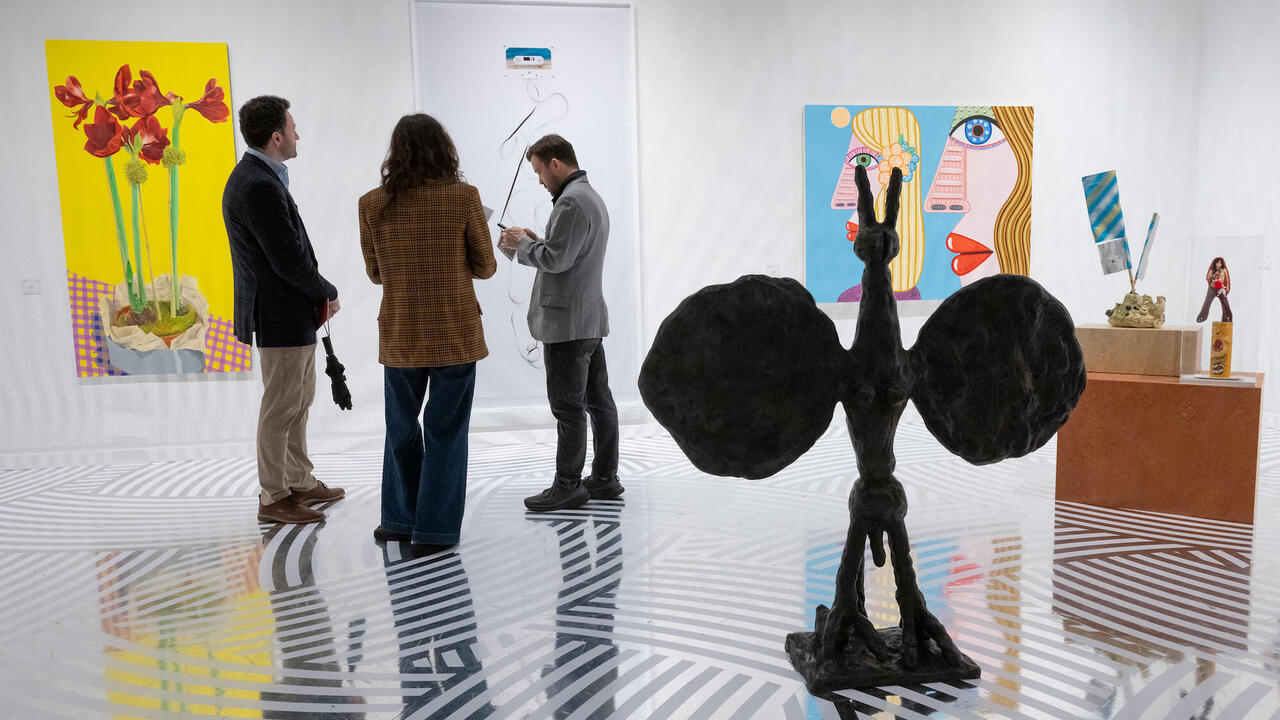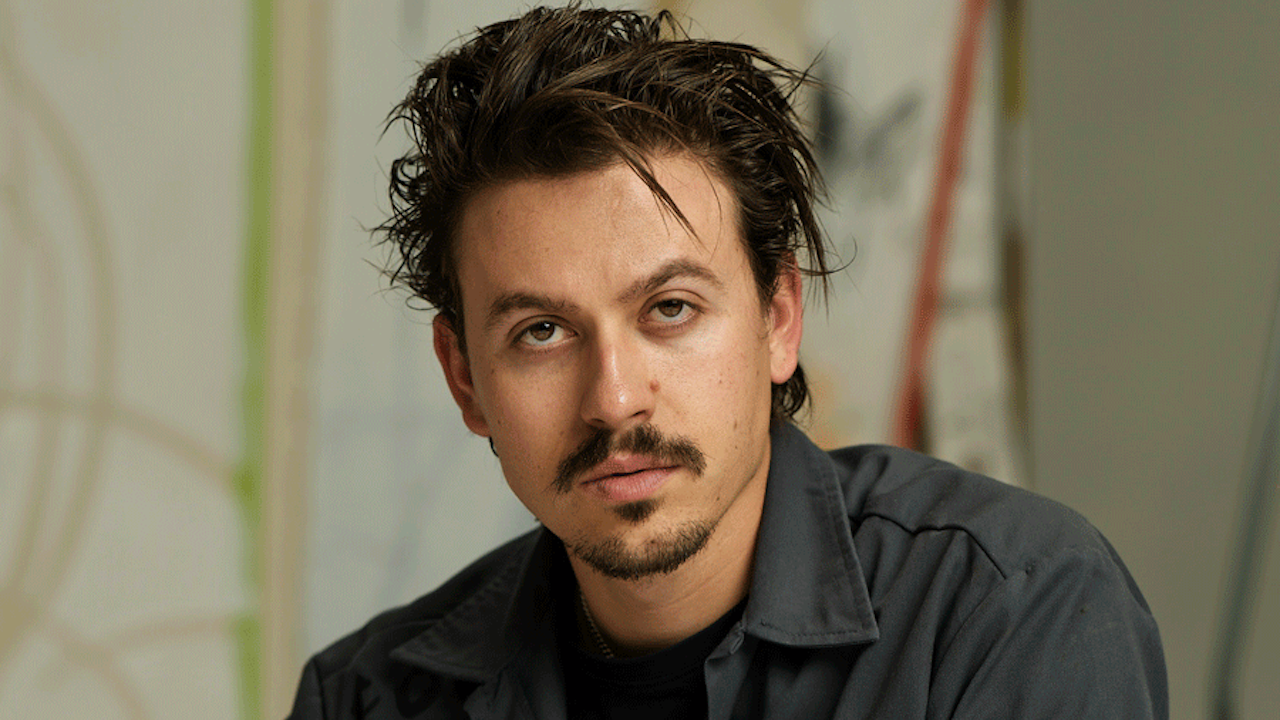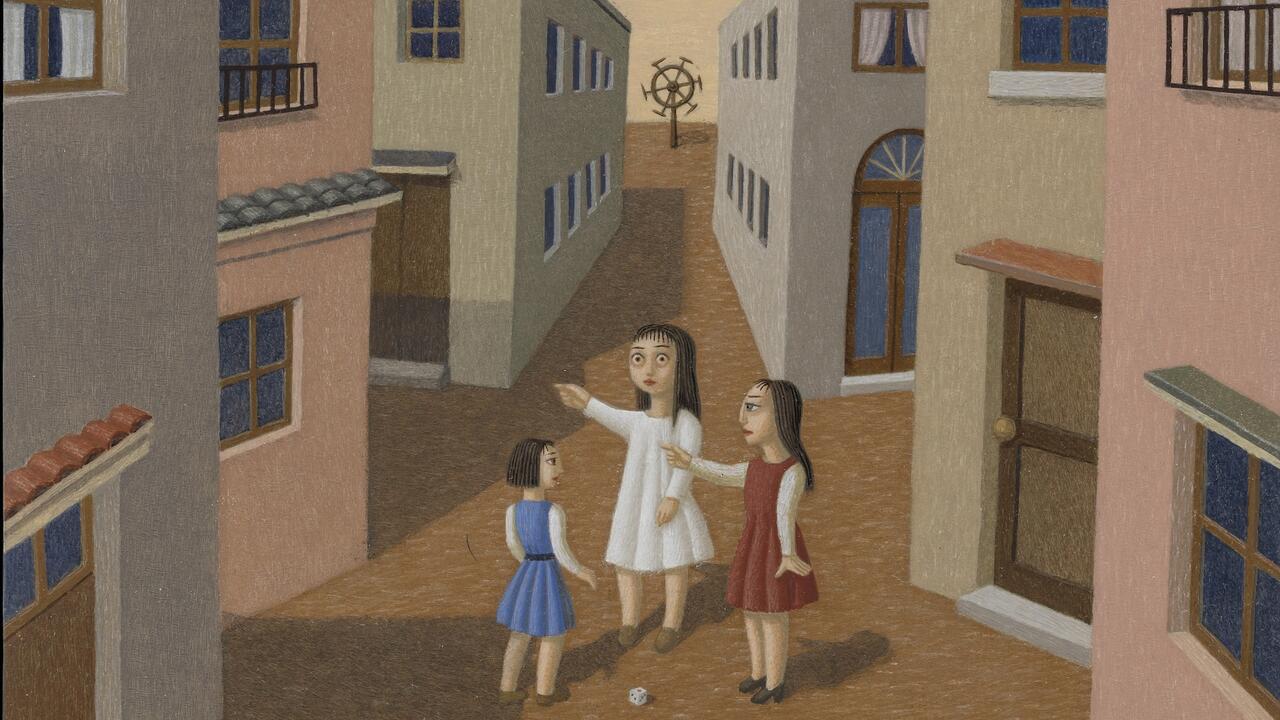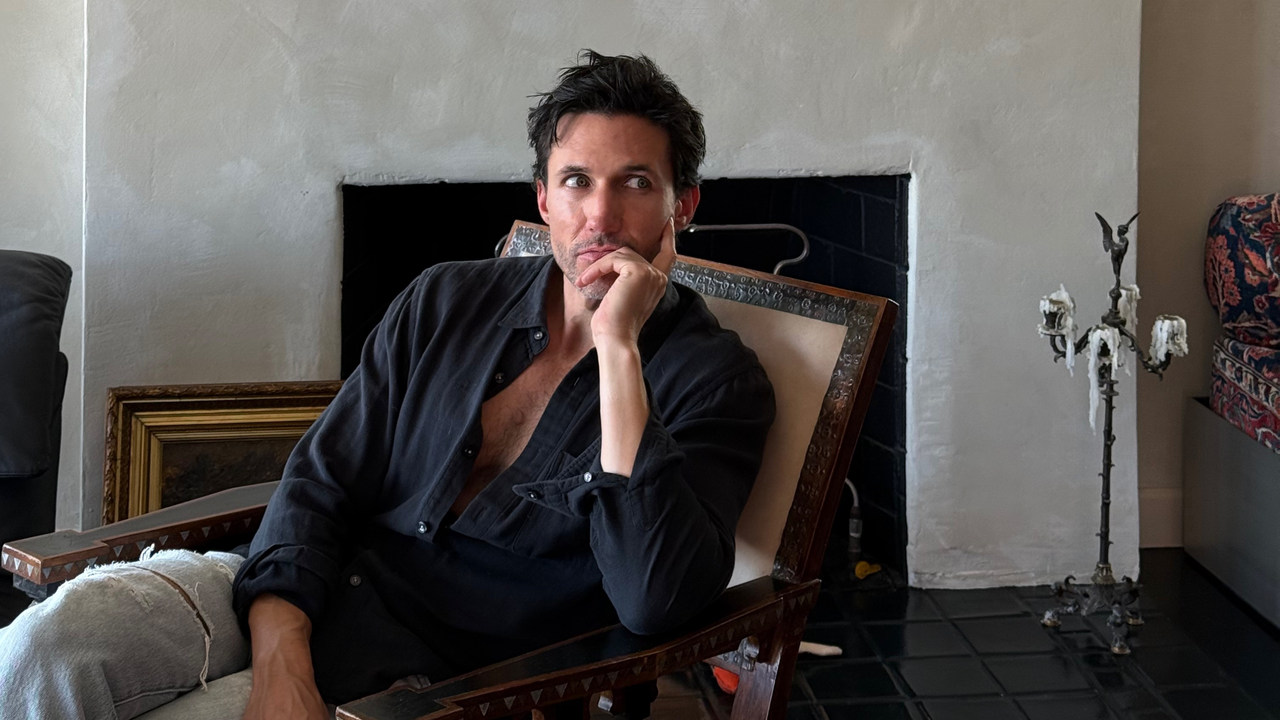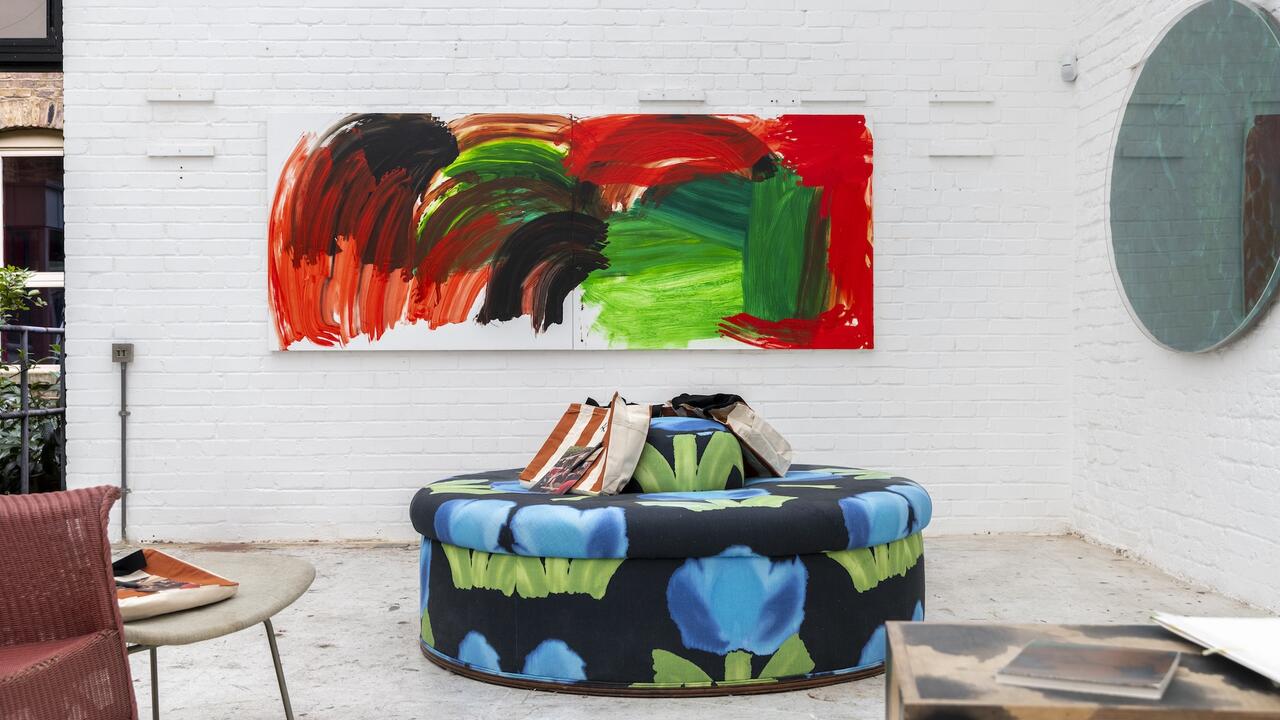Spanning Generations (IV)
On the fair's emerging and established artists featuring Marina Pinsky and Rita Ponce de León
On the fair's emerging and established artists featuring Marina Pinsky and Rita Ponce de León

Marina Pinsky
Focus
A photograph compresses space and time—that much we know. The photographs and photographic sculptures of Marina Pinsky, however, are somehow extra-spatial and extra-temporal. An example: Pinsky’s photograph A & B Time (2013), in which a still life of clocks, watches, and one (running) hourglass is arranged on African wax print fabric, among vicious-looking pocket knives and Plexiglas boxes of colored sand. The print is a composite of two photographs, one shot in daylight and one at night. The hands of the clocks and watches do not appear to have moved.
Included alongside the likes of Lucas Blalock, Natalie Czech, and the DIS collective in MoMA’s photography survey “Ocean of Images: New Photography 2015” earlier this year, Pinsky was born in 1986 in Moscow, studied in Boston and Los Angeles, and now lives in Brussels. Her largest exhibition to date opened in January at Kunsthalle Basel, and drew inspiration from Basel’s relationship with the river Rhine and the pharmaceutical industry. A recent group of sculptures, Landscape (Pharmakon I–XXIV) (2014-15), resembles a series of oversized pills in blister packs, except that each pill is modeled on ancient Greek terra sigillata ware, objects made of clay with images stamped into them. In Pinsky’s sculpture, the pills have relief images of contemporary Swiss pharmaceutical factories impressed into their surfaces.

Rita Ponce de León
Frame
In 2013, Rita Ponce de León devised an installation for children, titled Es todo gracias a ti (It’s all thanks to you). The Peruvian artist, who now lives in Mexico, created an abstract landscape of carved wooden blocks interspersed with others made from foam, small rocks, and slabs of stone. She invited children to explore the installation as if it were a playground, rearranging the blocks as they saw fit. Ponce de León’s work, which typically employs ink line drawings as well as sculpture, is founded on her studies of social interaction. In her exhibition “Endless openness produces circles” (2014) at Kunsthalle Basel (made in collaboration with an architect, Pablo Pérez Palacios) wall drawings and works on paper, which were “translated” from conversations the artist had with friends, met interventions in the gallery’s architecture to suggest a kind of conversation in structural form. Ponce de León’s presentation at the fair precedes her participation in the 32nd Bienal de São Paulo in September.
Marina Pinsky and Rita Ponce de León will be presented at Frieze New York 2016 by C L E A R I N G (A22) and 80m2 Livia Benavides (B34) respectively.
Spanning Generations: Spotlight, Frame and Focus
With three specially curated feature sections advised by renowned curators Clara M Kim, Jacob Proctor and Fabien Schöneich, Frieze New York is uniquely well configured for visitors to discover the diversity of the global contemporary gallery community and a geographic and generational range of artists.
A platform for galleries opened since 2003, Focus offers a perspective on the artists of tomorrow: galleries and artists from Brooklyn to Bogotá who are setting the international agende, and, in many cases already gaining institutional recognition. Frame assembles solo presentations by 18 emerging artists, demonstrating both a diversity of positions and a number of common concerns and approaches, whether Gina Beavers's and Patricia L Boyd's departure from online photography into, respectively, sculpture and painting, or the complementary explorations of fiber installations by Liu Shiyuan and Phillip Zach.
Spotlight meanwhile, dedicates space to underrepresented twentieth-century work, whether lesser-known moments in the careers of recognized artists (such as Mary Kelly's mid 1980s installations, or Jo Baer's early gouaches); artists coming into or returning to critical attention (such as Robert Filliou and Alan Shields); or artists working from a non-Western perspective (such as Zahoor ul Akhlaq, Abraham Palatnik, and SH Raza.)
This is the third in a 4-part series. The full article appears in the first New York edition of Frieze Week magazine published in April.
Frieze Week magazine is the insiders' guide to our art fairs with a preview of the best works on view, news of curated projects and talks, and tips on the most important exhibitions and events taking place around town. Frieze Week is published in anticipation of Frieze New York in May and Frieze London & Masters in October.
Read part I: Josh Brand & Frank Bowling
Read part II: Nancy Holt & David Ireland









